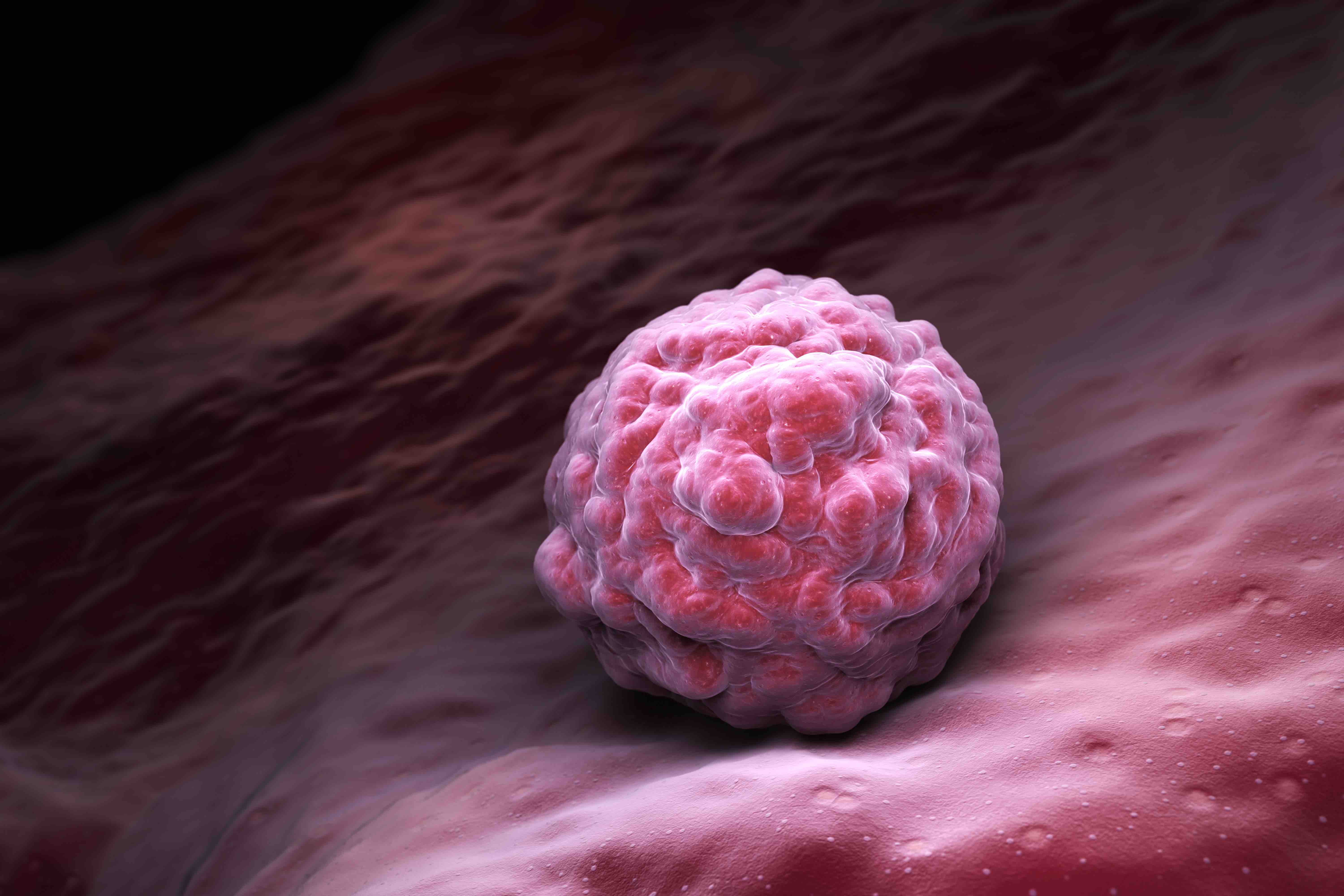
Osteoarthritis is a degenerative joint condition, which means that it worsens over time as the disease progresses. Because it is not possible to reverse the process once the cartilage has been worn down and destroyed, the treatments that are currently available focus on symptomatic control rather than addressing the disease itself.
Liesel the gorilla to receiving stem-cell arthritis treatment
The osteoarthritis suffered by a gorilla was successfully treated with stem cell treatment for the very first time according to research carried out at the University of Sheffield.
Since quite some time, Liesel, the ancient matriarch of the Budapest Zoo, has been having difficulty walking on her left leg, which is a strong indication that she may be suffering from arthritis.
Liesel’s primary joints were evaluated in depth by a group of experts from across the world, and her left hip and knee were treated with mesenchymal stem cells to correct any abnormalities that were found in those joints.
In recent years, the treatment of arthritis and regeneration of the damaged cartilage using stem cells has been successfully piloted in numerous animal species, such as dogs and horses. In addition, small-scale clinical trials in humans have also proved that stem cells are a promising treatment for this ailment. It is believed that Liesel was the very first primate anywhere in the world to undergo the treatment and successfully profit from the efforts of the scientific team.
Mechanism of the treatment
The majority of stem cells utilized in experimental treatments for osteoarthritis are adult mesenchymal stem cells (MSCs). These samples can be readily obtained from an individual’s adipose tissue or bone marrow by researchers.
MSCs are currently under investigation due to their capacity to differentiate into various tissue types, such as cartilage, bone, muscle, tendon, ligaments, or fat, contingent upon the specific microenvironment in which they reside.
According to existing research, MSCs have been found to secrete anti-inflammatory substances, which contribute to the process of healing and the reduction of pain. When administered intra-articularly, several studies suggest that they may potentially alleviate pain, inflammation, and restricted range of motion.
Stem cells possess the capability to be employed in the creation of synthetic tissue inside a controlled laboratory setting. Subsequently, the synthesized tissue generated in the laboratory can be implanted within a joint with the purpose of facilitating the restoration process of compromised bone, ligament, and cartilage structures.
During an operation that was supposed to take place on N’yaounda, one of the younger gorillas at the zoo, the research team retrieved MSCs from a section of adipose tissue removed from the gorilla. These cells were taken from the gorilla’s abdominal fat.
After that, the tissue was moved to a laboratory, where the MSCs were isolated, purified, and cultured in order to generate a therapy that was applied to Liesel’s left hip and knee joints. This therapy proved successful in restoring Liesel’s mobility and reducing her pain.
The efficacy and safety of stem cell therapy are contingent upon the meticulous preparation of stem cells and the controlled environment in which the procedure is conducted. The occurrence must take place within an environment that is characterized by high levels of cleanliness and sterility.
The majority of stem cell therapies include the utilization of MSCs derived from an individual’s own bone marrow or adipose tissue. Empirical evidence indicates that the aforementioned treatments exhibit a high degree of safety in the context of osteoarthritis.



